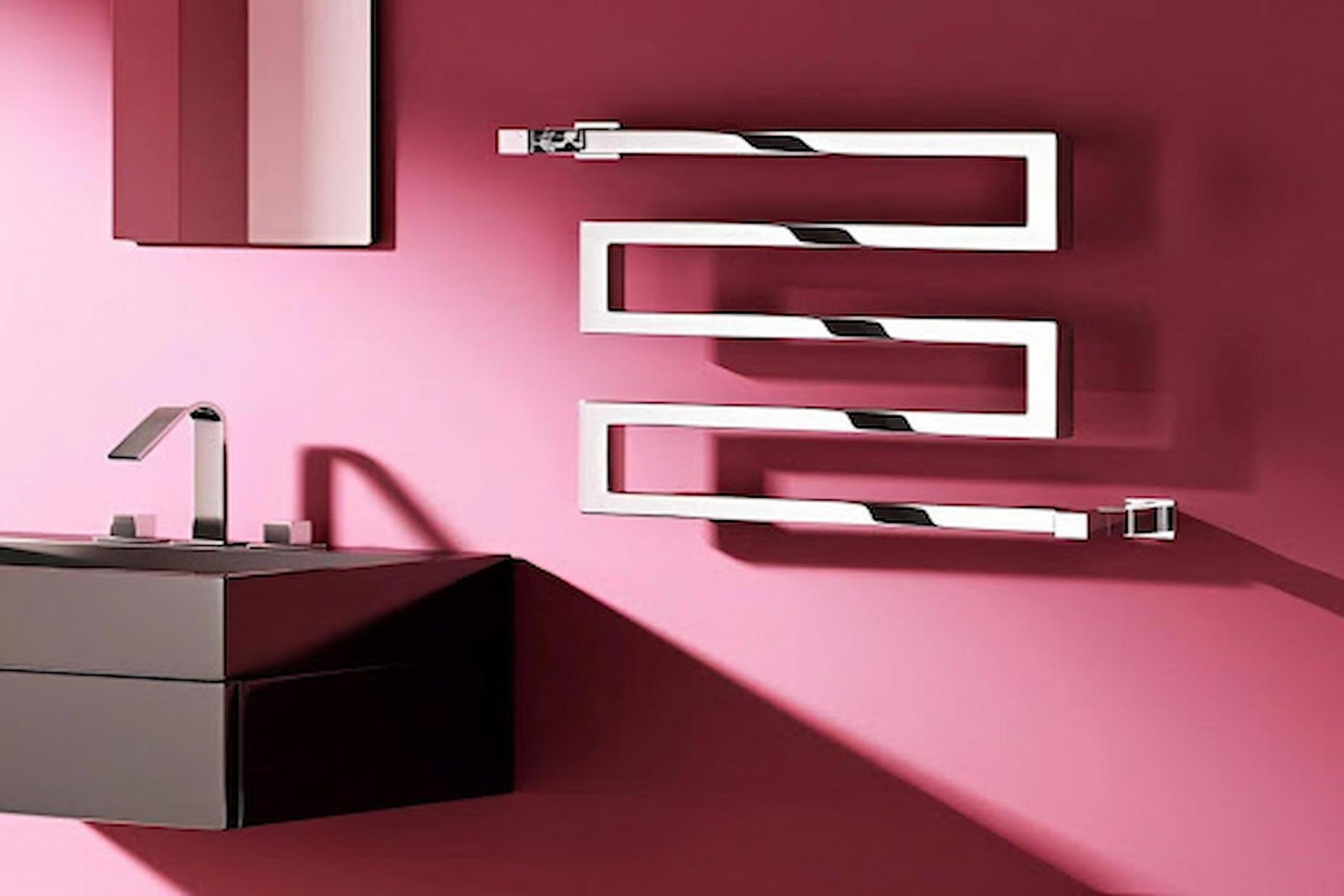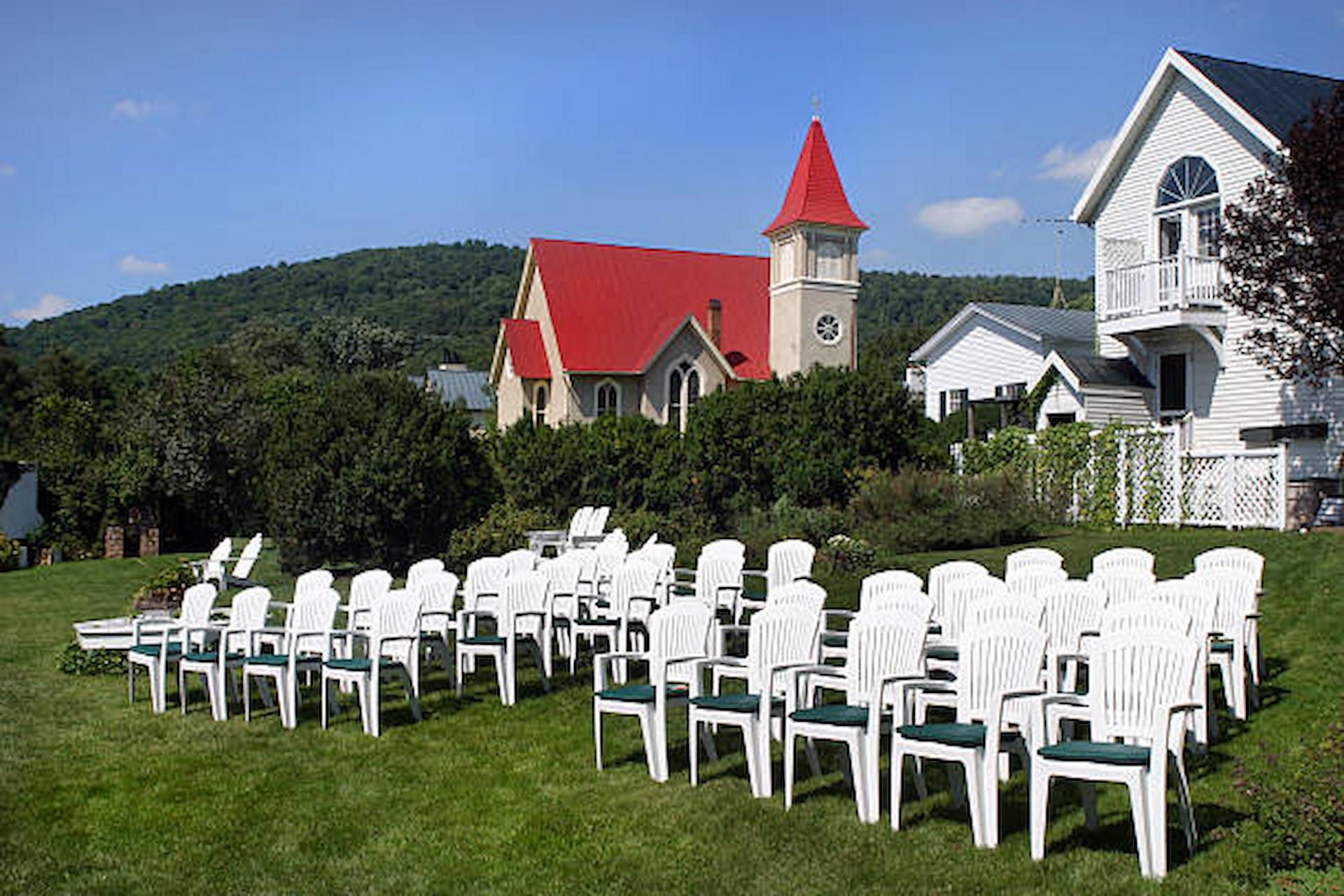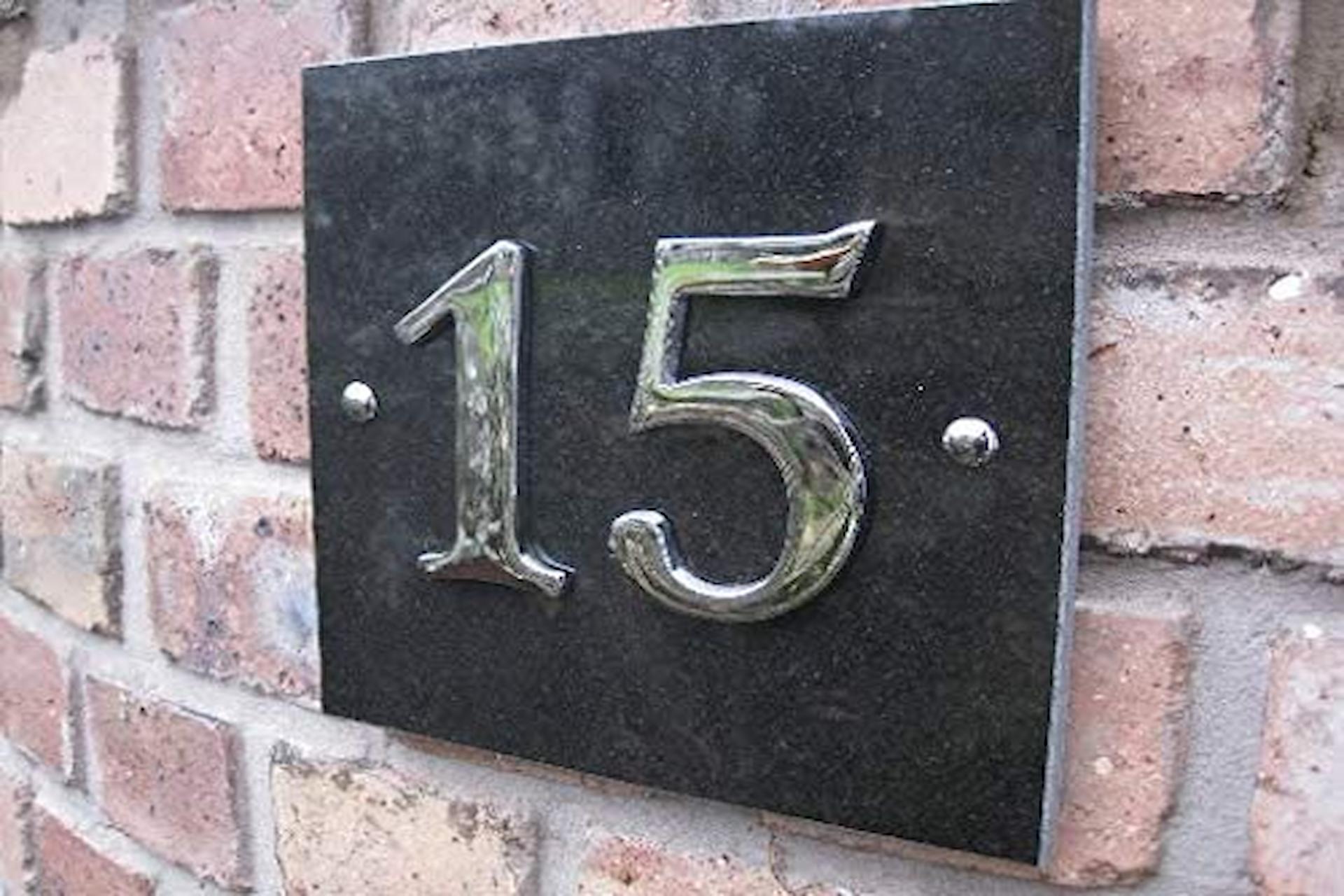From bold statement pieces to sleek, space-saving options, these modern heating solutions transform ordinary rooms into luxurious living spaces. This article explores how designer radiators can be the perfect addition to your interior décor, what to consider when choosing one, and how they differ from traditional radiators. Read on to discover the heating solution that turns heads.
Heating a home doesn’t mean sacrificing style. In fact, with today’s interior trends, radiators have evolved far beyond their purely functional roots. Designer radiators are now celebrated as statement pieces in modern homes. With striking finishes, sleek silhouettes, and bespoke designs, these radiators do more than keep rooms cosy—they elevate the aesthetics of your living spaces.
Why Designer Radiators Are Gaining Popularity
In recent years, homeowners have started viewing radiators as a part of their interior design strategy, not just a necessity. Unlike traditional radiators, which are often bulky and purely utilitarian, designer versions provide visual appeal and efficient heating.
These radiators are available in various materials, such as aluminium, stainless steel, and even glass. They are also available in an array of shapes and colours to complement your existing décor. Whether you live in a minimalist loft or a classic Victorian home, a designer radiator suits every theme.
A Stylish Statement in Every Room
One of the most appealing aspects of designer radiators is their ability to serve as focal points. Instead of hiding them behind furniture or curtains, homeowners proudly display them.
Living Room Luxury
A vertical radiator in a bold colour or geometric pattern can instantly modernise your living area. Wall-mounted designs can save space and draw the eye, blending seamlessly with artwork or feature walls.
Elegant Bedrooms
In bedrooms, soft curved designs or mirror-finished radiators provide warmth and elegance. They enhance the room’s ambience and add a calming aesthetic.
Sleek Bathrooms
Chrome or stainless-steel designer radiators can double as towel warmers, offering practicality and style. They’re perfect for achieving that spa-like feel in your bathroom.
Key Benefits of Designer Radiators
Designer radiators aren’t just about appearance they also come with several functional advantages:
- Space Efficiency: Many models are designed for vertical mounting, ideal for small or awkward spaces.
- Energy Efficiency: Modern models use less water, which reduces energy consumption and heating costs.
- Durability: Made from high-quality materials, they are built to last and often come with extended warranties.
- Customisation: From size and shape to colour and finish, you have more control over the design to match your space.
What Makes a Radiator “Designer”?
Not all stylish radiators are labeled “designer.” Some are specifically crafted with aesthetics and modern functionality in mind. They usually involve collaboration with interior designers or artists and undergo a curated production process.
During this design revolution, homeowners have embraced designer radiators not only for their uniqueness but also for how they contribute to a room’s overall luxury feel. Some designs resemble sculptures more than heating appliances—perfect for adding a creative touch to plain walls.
Choosing the Right Designer Radiator
When selecting a designer radiator, it’s essential to consider more than just its look.
Heat Output
Ensure the radiator provides sufficient heat for the size of your room. This is usually measured in British Thermal Units (BTUs).
Room Layout
Think about where it will be placed. A vertical radiator suits narrow walls, while a horizontal one fits nicely under windows.
Material
Each material has different properties. Aluminium heats up and cools down quickly, making it ideal for energy-saving. Cast iron retains heat longer but may take more time to warm up.
Finish and Colour
Don’t just match the radiator to your wall colour. Consider how it complements furniture, flooring, and fixtures. Matte finishes suit modern spaces, while metallic tones can add glamour.
Installation and Maintenance Tips
A professional should always install a designer radiator to ensure optimal performance. Once installed, they are usually low-maintenance. A simple wipe-down keeps them looking polished.
However, bleeding the radiator occasionally ensures it operates at full capacity. You should also check for any signs of corrosion or leaks over time, although most modern models are built with rust-resistant coatings.
Matching Radiators with Interior Styles
Designer radiators can be tailored to different design philosophies:
- Contemporary Spaces: Choose minimal designs with sleek edges and bold colours.
- Industrial Themes: Opt for raw metal finishes or exposed pipework for a rugged look.
- Classic Interiors: Curved, column-style radiators in neutral tones work beautifully.
- Scandinavian Styles: Go for white or pale tones in clean, rectangular shapes to maintain an airy feel.
Final Thoughts
Gone are the days when radiators were hidden behind furniture. Today, they’re front and centre celebrated for both their function and form. Designer radiators allow homeowners to enhance their rooms in a subtle yet sophisticated way. With so many shapes, sizes, and finishes available, finding one that matches your vision while providing effective warmth is easy.
Whether you’re renovating a room or starting from scratch, investing in a designer radiator can be the detail that sets your space apart.
Conclusion
Designer radiators have redefined how we perceive home heating. They’re not just about comfort they’re about creating an impression. They can breathe life into dull spaces, offer energy efficiency, and help you personalise every corner of your home.
As interior trends evolve, these radiators remain timeless additions, combining elegance with everyday utility. When chosen thoughtfully, a designer radiator isn’t just a source of heat it’s a luxury signature.




